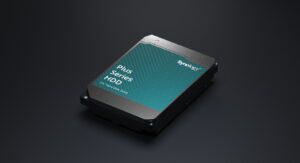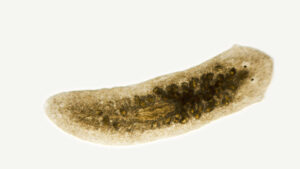Untangling the Terminal: How to master the macOS command line interface
[ad_1]
When we think of the macOS user interface, we think of the graphical UI—pointing and clicking icons, with a cursor, menus, windows, etc. But there’s another UI built into macOS: the command-line interface, which involves typing commands like the days of old. It can be a more efficient way of using your Mac—instead of pointing, clicking, dragging, and opening and closing windows, you can type in commands that provide more direct access.
The way to access the Mac’s command line is through the Terminal app, which is located in the Utilities folder inside Applications. We have several articles about the Terminal and the command line—click on a link below to help you learn how to use them. We’ll add more articles to this index as they appear on the site, so check back for new content.
How to use the command manual
The key to learning about macOS’s command line is manual (or man) pages. Here’s an introduction.
How to navigate files and directories
This article covers the basics functions of the ls (list) and cd (change directory) commands. Learn how to see the contents of a folder (which is called a directory in command-line speak), and how to use switches to get more out of the ls and cd commands.
How to compare the contents of two folders
Use the diff command to quickly compare the contents of two folders. Learn how.
How to delete files and directories
Find out how the rm command allows you to delete files and the rmdir command is used to delete directories (folders).
How to copy and move files and folders
Learn how to use the cp (copy) and mv (move) commands for the following tasks:
- How to copy or move a file to a different directory
- How to copy or move a directory
- How to copy or move multiple files or directories
- How to rename a file
- How to create a directory
How to fix Terminal typos
It’s bound to happen: you make a mistake typing in a command in the Terminal. Fortunately, there’s a way to fix the error without having to type the whole command over again. Learn how.
How to use Quick Look
Quick Look—select an item in the Finder and press the Space Bar to preview it—is available when you’re using the Terminal. Here’s how to use it.
How to check your Intel and M1 Mac’s SSD health using Terminal
Follow our step-by-step guide to get important stats on the viability of your Mac’s SSD using Terminal and smartmontools.
Roman has covered technology since the early 1990s. His career started at MacUser, and he’s worked for MacAddict, Mac|Life, and TechTV.
[ad_2]
Source link







